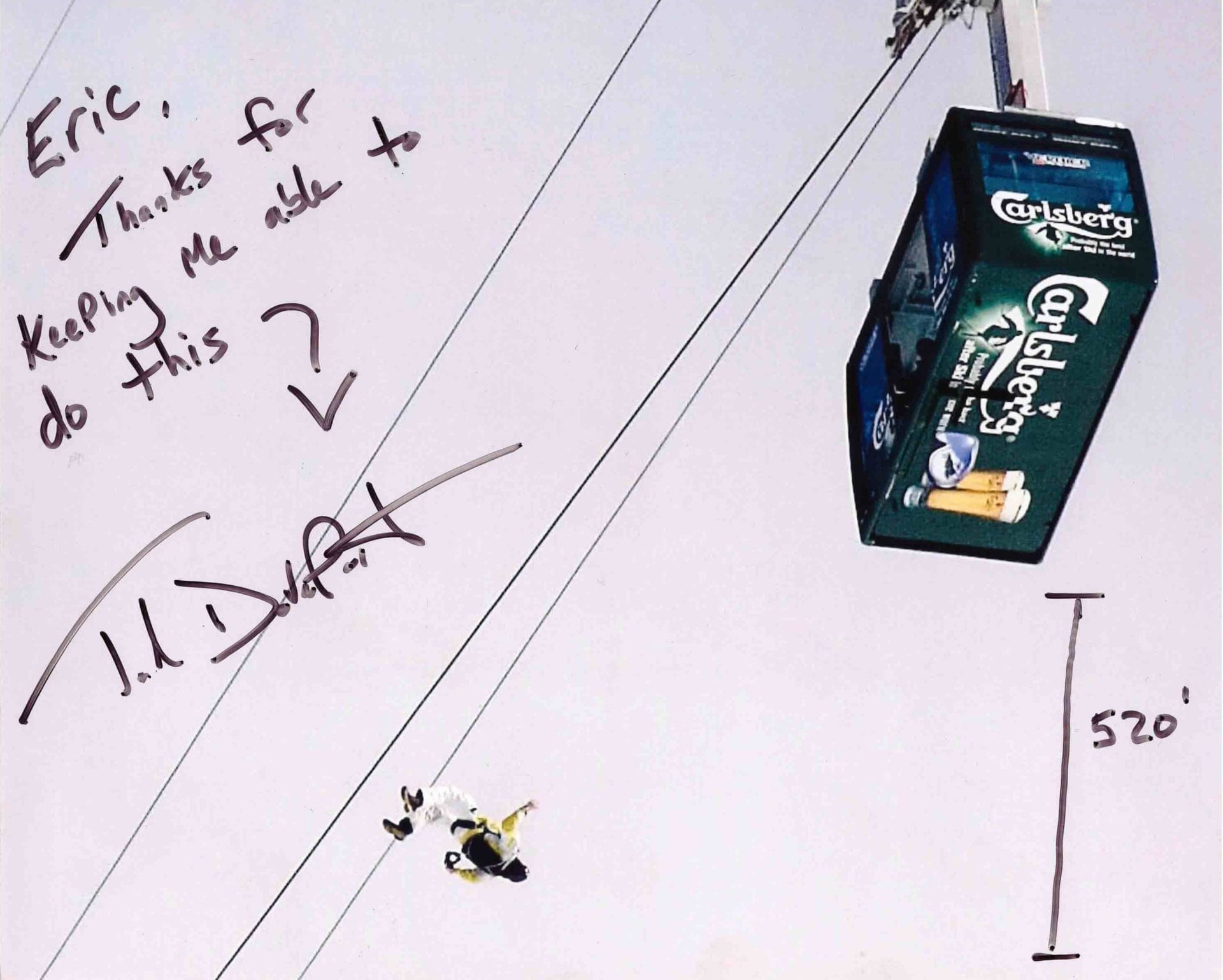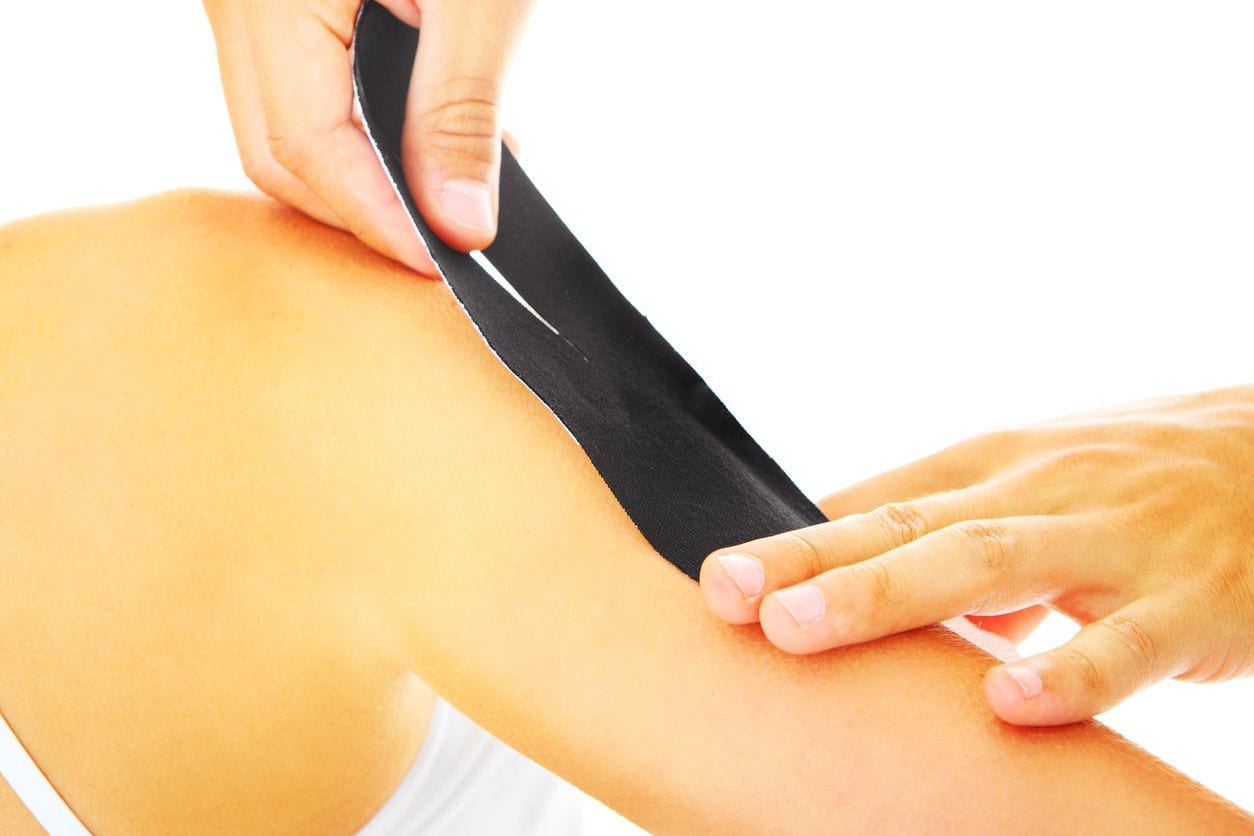
Tejay Van Garderen

Our services
Chiropractic Care focuses on diagnosis, treatment and prevention of mechanical disorders of the musculoskeletal system, with emphasis on but not limited to the spine. Dr. Haynie works with shoulders, knees, hips, foot, ankle, elbows, and upper and lower extremity chain injuries on a daily basis. He has an affinity for lower extremity biomechanical injuries, running problems, and bio-mechanics. Dr. Haynie enjoys working with the foot and ankle with its complicated mechanics. We emphasize manual manipulation, mobilization, and restoring function to the spine and all joints and soft tissue structures in the body.

ART-Active Release Technique is a patented, state of the art soft tissue system/movement based massage technique that treats problems with muscles, tendons, ligaments, fascia, and nerves. It is the Gold Standard and the number one most effective soft tissue technique out today to break down scar tissue and adhesions. By holding the muscle, tendon or ligament down and having the patient move their muscles through full range of motion, Dr. Haynie breaks down scar tissue and adhesions and restores full range of motion and function to the soft tissue structures. ART is very affective for headaches, back pain, carpal tunnel syndrome, shin splints, shoulder pain, sciatica, plantar fasciitis, knee problems, and tennis elbow are just a few of the many conditions that can be resolved quickly and permanently with ART. These conditions all have one important trait in common: they are often a result of overused muscles and poor mechanics or posture.

Acupuncture provides pain relief and/or treats illness through insertion of tiny needles at specific points on the body that correspond to meridian points. Eastern acupuncture works by balancing out the energy that flows through pathways or meridians within the body. By placing needles into specific points, you can increase or decrease energy flow throughout the body.
Dry Needle Technique is a western medicine technique similar to acupuncture that resets specific receptors in the muscle belly or tendon called "spindles". These spindles become hypertonic or spasmodic with splinting mechanisms after injuries. For example, when you break your arm all of the surrounding muscles will go into spasm trying to protect the arm. By putting in an acupuncture needle into the muscle, the spindle actively grabs the needle and "resets" the receptor, returning the muscle back to its initial resting tone. Sometimes Dr. Haynie will incorporate micro-current and run it through the needle to heal conditions like hamstring tears or elbow pain.
Custom Orthotics- Dr. Haynie has a passion for the foot and specializes in lower extremity biomechanics. Dr. Haynie does a comprehensive biomechanical evaluation on each patient before making custom orthotics for them. He molds the foot for the laboratory in a non-weight bearing sub-talar neutral position where the foot is most efficient. We then send the molds to Orange County Orthotic Laboratory so they can make a custom orthotic for each patient's individual needs. We can make orthotics for ski boots, running , rugby, football, hiking, cross country skiing, golf, tennis, and walking. We have made orthotics for many different patients that range from Professional cyclists, Wimbledon champions, US ski team athletes and everyday athletes.

Discogenic Back Pain Education & Rehabilitation
The most important part of treating a patient with discogenic pain is proper education of the patient. The patient must understand what they should do and what they should not do that is aggravating their back or neck. The patient must understand postures and positions that will increase their discogenic pain and learn how to move without flexing the spine to avoid further aggravation of the disc and increasing radicular pain. Rounding or flexion-rotation of the spine must be completely taken out of ALL movement patterns since it is pushing the herniation out further. The patient must learn how to properly engage their two biggest core groups, the gluteus medius, and their abdominals, independent of the structures above and below them. We will look at the lower extremity, and spine bio-mechanics of the patient and make sure they have good dorsi-flexion and internal leg rotation so the patient does not compensate and flex and rotate into their lumbar spine and aggravate their disc while they walk or during activity. The patient is taught to do The McKenzie Extension Protocol on their own to try to push the disc bulge anteriorly and de-load the spinal cord, and nerve root or both structures. With the patient educated and fully understanding their diagnosis and condition they are treated with ART, dry needling, acupuncture, and chiropractic. One must understand some patient's disc problems are too far advanced when they visit our office and they have weakness, loss of deep tendon reflexes, and are experiencing in-retractable pain. These patients need to be properly referred to interventional medical providers, for procedures like injections, pain management in-conjunction with our treatment, or for spinal surgery instead of conservative treatment. Finally the patient is given a home exercise, stretching, Neck-X training, and core engagement program independent of any practitioner. At that point, some patients can start physical therapy for further progression in neutral spine activities. At this point in treatment many patients have the tools to manage their discogenic pain on their own.

Biomechanical Assessments and Evaluations include range of motion testing, functional movement testing, and checking the patient’s functional movement for each independent area on the body, then evaluating how that area is affecting the surrounding structures above and below in the body. By accessing above and below all injuries, current and post-surgical sites, we can restore function and take away compensations that may be hindering the bodies function on all areas of the body whether they are in pain or not.
Kinesio & McConnell Taping
- Dr. Haynie is trained & certified in Kinesiotaping and McConnell Taping techniques.

Graston Technique uses the Graston tool to break down and releases scar tissue. The technique utilizes patented stainless steel instruments, uniquely shaped, to treat different areas of the body. This technique reduces or eliminates adhesions, restore function, and eliminating pain.



Selective Functional Movement Assessment-(SFMA) is a series of 7 full-body movement tests designed to assess fundamental patterns of movement such as bending and squatting in those with known musculoskeletal pain. When the clinical assessment is initiated from the perspective of the movement pattern, the clinician has the opportunity to identify meaningful impairments that may be seemingly unrelated to the main musculoskeletal complaint, but contribute to the associated disability. This concept, knows as Regional Interdependence, it is the hallmark of SFMA.

Functional Movement Screen-(FMS) generates the Functional Movement Screen Score, which is used to target problems and track progress. Put simply, FMS is a ranking and grading system that documents movement patterns that are key to normal function. By screening these patterns, FMS readily identifies functional limitations and asymmetries. These are issues that can reduce the effects of functional training and physical conditioning and distort body awareness.
The scoring system is directly linked to the most beneficial corrective exercises to restore mechanically sound movement patterns.
Exercise professionals monitor the FMS score to track progress and to identify those exercises that will be most effective to restore proper movement and build strength in each individual.
The TPI Titleist Performance Analysis System is a comprehensive program which includes SFMA screening and may include videotaping your golf swing, then breaking down and analyzing your movement patterns and swing faults to change each patients bio mechanical dysfunctions. We then go through a detailed physical exam checking your range of motion, restrictions, weaknesses, and injuries to determine where we need to focus our treatment. We will then customize a specific program for each individuals needs by changing these bio-mechanical problems with your swing and your bodies movement patterns with treatment, conditioning, and rehabilitation, so you can play to the best of your ability.
Biomechanical evaluations start by going over each patient's range of motion starting at the foot and moving up the entire kinetic chain. We compare the patient’s ranges of motion to normal ranges of motion then give them the appropriate stretches, exercises, or proprioceptive drills to improve their range of motion, strength, balance, or proprioception. We address each patient's complaint, but also look at their surrounding structures to address any compensation as well.

